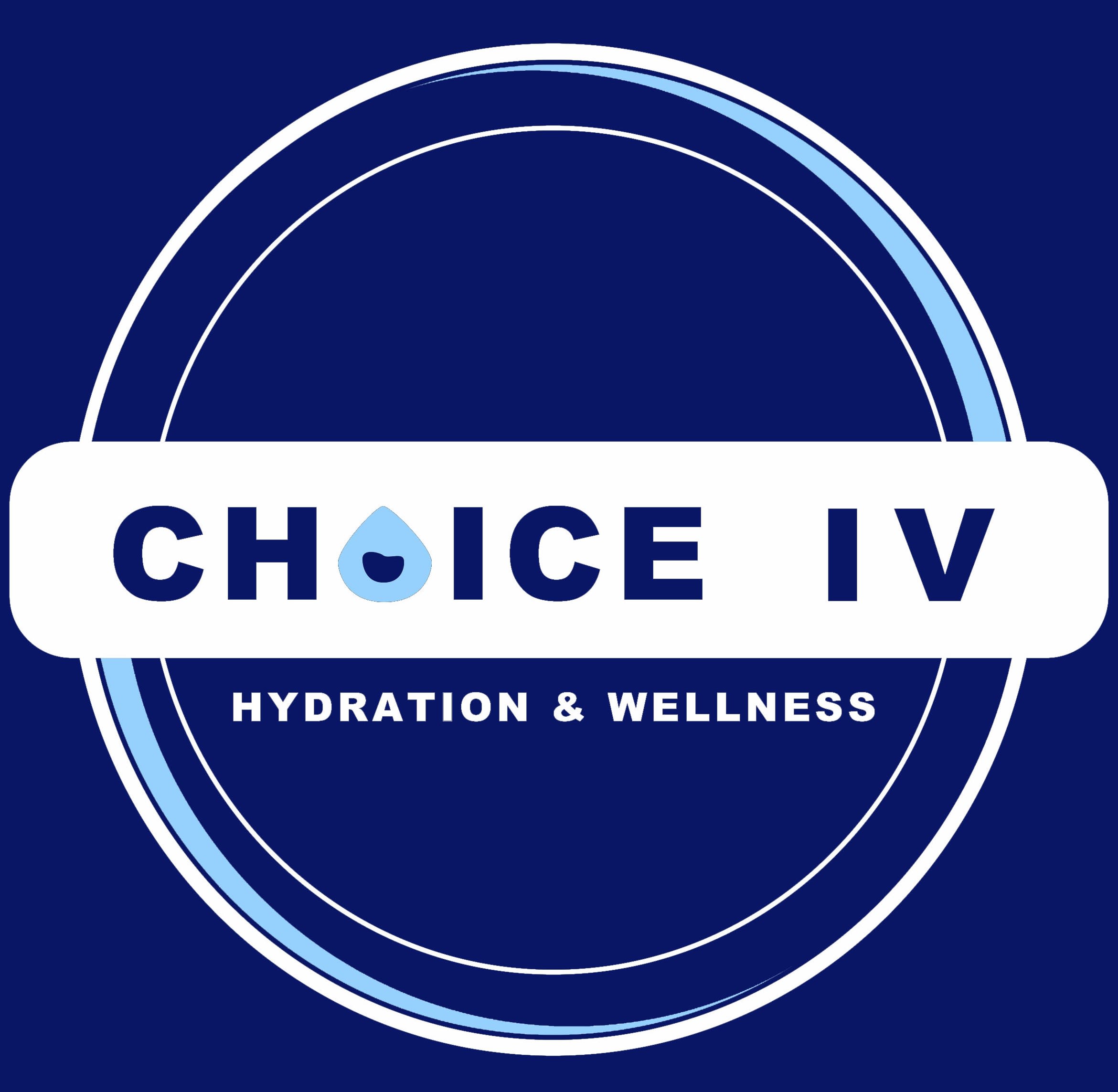PICC Line vs Peripheral IV: Which is Right for Long-Term Care Facilities?

Posted on Sept 27th, 2023.
In the ever-evolving landscape of healthcare, the choice between PICC lines (Peripherally Inserted Central Catheters) and Peripheral IVs (Intravenous) can significantly impact the quality of patient care, especially in long-term care facilities.
These two distinct catheter types serve the fundamental purpose of delivering essential fluids and medications directly into a patient's bloodstream, yet they differ in critical aspects.
In this article, we'll explore the differences, advantages, and considerations of PICC line vs Peripheral IV in the context of long-term care.
Understanding the Most Common IV Catheter Types
Before we dive into the intricacies of choosing the right intravenous access for long-term care facilities, let's begin by gaining a comprehensive understanding of the most prevalent IV catheter types. These catheters serve as lifelines for administering vital medications, fluids, and nutrients to patients, making it imperative to grasp their distinct features and applications.
Peripheral IV (PIV)
Peripheral IVs are among the most common types of intravenous access. They involve the insertion of a short catheter, typically into a peripheral vein in the arm, hand, or leg. Peripheral IVs are versatile and suitable for various medical scenarios, from hydration and medication administration to blood transfusions.
PICC Line (Peripherally Inserted Central Catheter)
A PICC line, on the other hand, is a more advanced and invasive option. It involves the insertion of a long, flexible catheter into a larger peripheral vein, often located in the arm. The catheter is carefully threaded through the peripheral vein until its tip resides in a larger, central vein, such as the superior vena cava near the heart. This placement allows for the efficient delivery of medications, nutrition, or fluids directly into the central circulation.
PICC Line vs. Peripheral IV – Advantages and Considerations
When determining the appropriate intravenous access for long-term care facilities, several factors must be considered. Let's explore the advantages and considerations of each option:
Advantages of PICC Lines
- Longer Dwell Time: PICC lines are designed for extended use, making them suitable for patients requiring long-term intravenous access.
- Reduced Peripheral Damage: Frequent insertion of peripheral IVs can lead to vein damage. PICC lines reduce the need for multiple insertions, preserving peripheral veins.
- Variety of Medications: PICC lines can accommodate a wide range of medications, including those with pH extremes or high osmolarity.
- Reduced Infection Risk: Properly maintained PICC lines have a lower risk of infection compared to traditional peripheral IVs.
Considerations for PICC Lines
- Insertion Complexity: Inserting a PICC line is a more complex procedure, typically requiring a trained professional, such as a nurse or radiologist.
- Central Venous Access: PICC lines enter the central circulation, which poses a higher risk if complications arise.
- Ongoing Care: PICC lines necessitate meticulous care, including regular flushing and dressing changes, to prevent infections.
Advantages of Peripheral IVs
- Ease of Insertion: Peripheral IVs are relatively easy to insert and require less specialized training compared to PICC lines.
- Immediate Access: Peripheral IVs offer immediate access, making them suitable for emergent situations.
- Minimal Discomfort: The insertion of a peripheral IV is less invasive and generally causes less discomfort for patients.
Considerations for Peripheral IVs
- Short Dwell Time: Peripheral IVs are typically intended for short-term use and may require frequent replacement.
- Limited Medication Compatibility: Some medications are not suitable for peripheral administration due to vein irritation or incompatibility.
- Vein Health: Frequent use of peripheral IVs can lead to vein damage over time, limiting future access options.
Extended Dwell Catheters Emerges as an Alternative Solution
In long-term care facilities, both PICC lines and Peripheral IVs have their place. However, there's a growing interest in a hybrid solution known as Ultrasound Guided Extended Dwell IV (USGPIV) or Extended Dwell Peripheral IV (EDPIV). This innovative approach combines the ease of peripheral IV insertion with the extended dwell time advantages of PICC lines.
Among the advantages of Extended Dwell Peripheral IV (EDPIV) it's worth mentioning:
- Ease of Insertion: EDPIV is inserted peripherally, similar to a standard IV, reducing the complexity and training requirements.
- Extended Dwell Time: EDPIV is designed for extended use, making it suitable for long-term care facilities.
- Reduced Peripheral Damage: EDPIV reduces the need for frequent peripheral insertions, preserving peripheral veins.
- Compatible with Various Medications: EDPIV can accommodate a wide range of medications.
- Lower Risk of Central Line Complications: Unlike PICC lines, EDPIV does not enter the central circulation, reducing the risk of central line-related complications.
- Cost-effective Solution: EDPIV offers a cost-effective alternative to other intravenous access options, such as PICC lines or midline, making it an economical choice for long-term care facilities. Its extended dwell time reduces the need for frequent catheter replacements, saving on materials and nursing time while maintaining the quality of patient care.
Related: IV Therapy for Athletes: Boosting Performance and Recovery
Conclusion
The choice between PICC lines, Peripheral IVs, or innovative options like EDPIV depends on individual patient needs and the healthcare facility's goals. Long-term care facilities must weigh the advantages and considerations of each option to provide the highest quality of care to their patients.
If you're seeking cost-effective, extended dwell intravenous access solutions for your long-term care facility, consider Choice IV Hydration & Wellness.
Our Ultrasound Guided Extended Dwell IV (USGPIV) offers the advantages of both PICC lines and Peripheral IVs, making it a versatile and efficient option for long-term care. Contact us at (513) 903-2890 or [email protected] to learn more and discuss how we can meet your facility's specific needs.
Book Your Infusion Today!
Please let us know the type of infusion you need,
the add on as well as a date that would work for you,
your address and we'll contact you for further information.
We do same day bookings!
